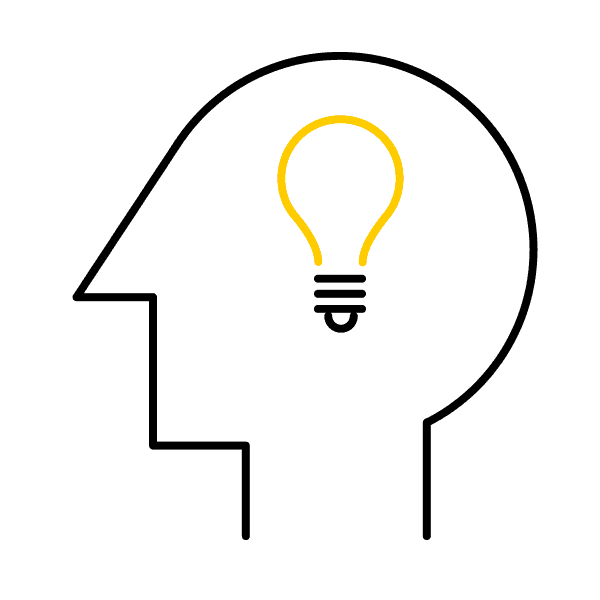BWT AQUA AG has set itself the task of developing, producing and marketing water technologies that offer people a better quality of life and enable industry to find appropriate economical and ecological ways of treating water. For the company, which is based in Aesch (Basel-Landschaft) and part of the internationally active BWT Holding, optimized processes and procedures are basic preconditions for successful business. Digitization and automation play a central role in this. Most of the business processes at the water technology company, which employs over 420 people, are mapped via the central ERP system and its interfaces, which means they are largely digitized. “Digital processes help us simplify workflows, manage larger volumes and work more efficiently,” explains Ulrich Landthaler, Head of ICT at BWT AQUA AG.






